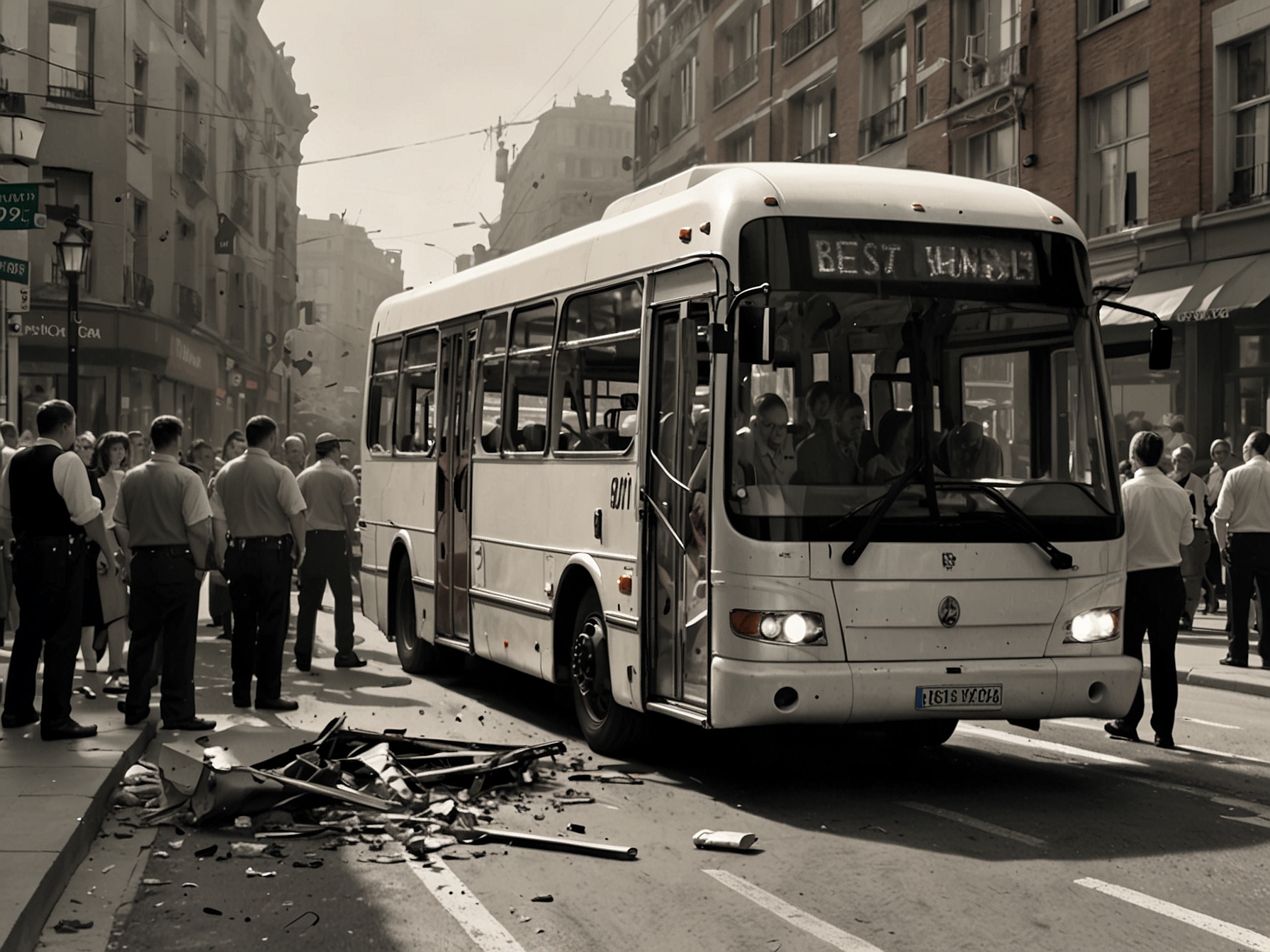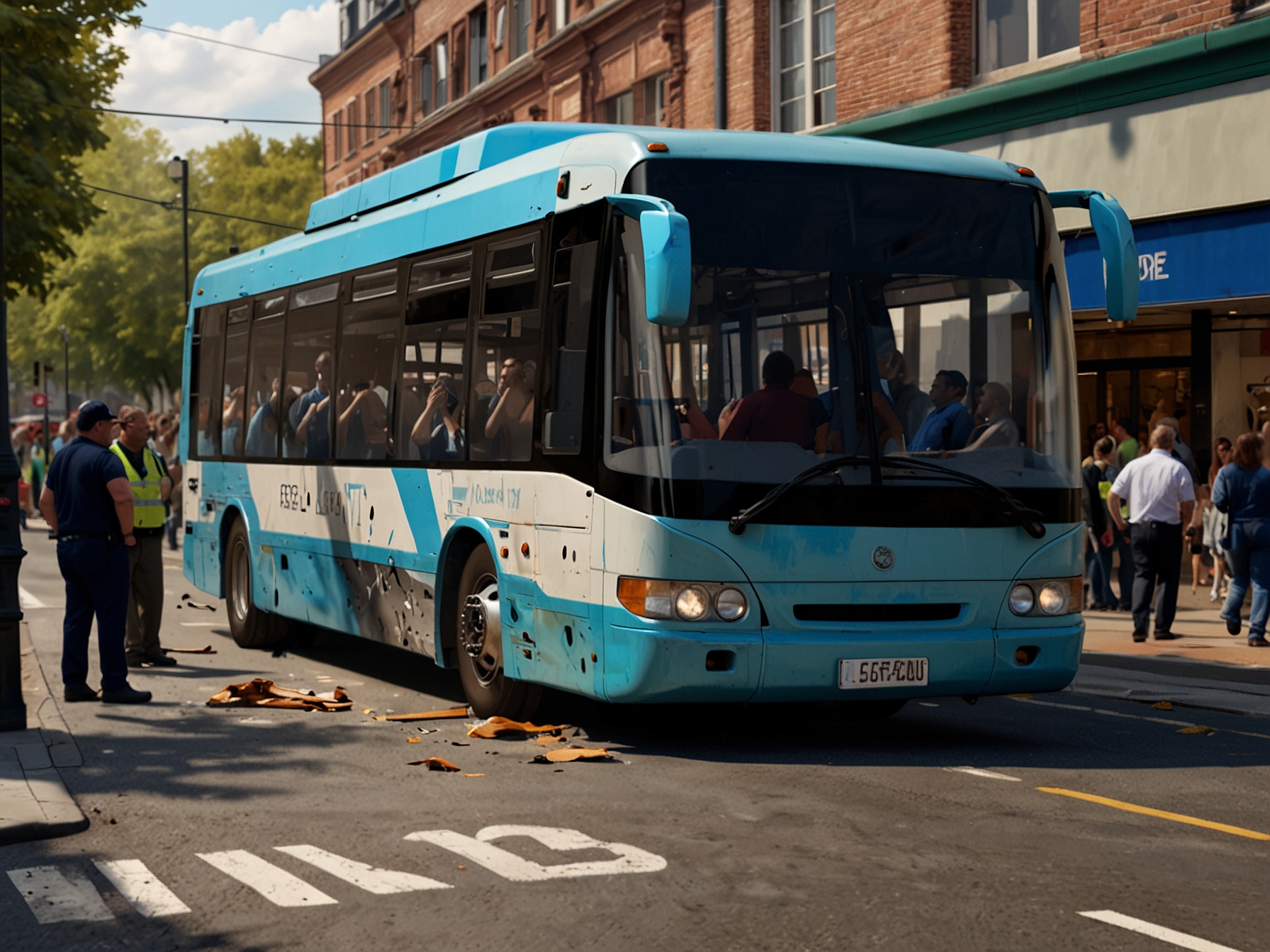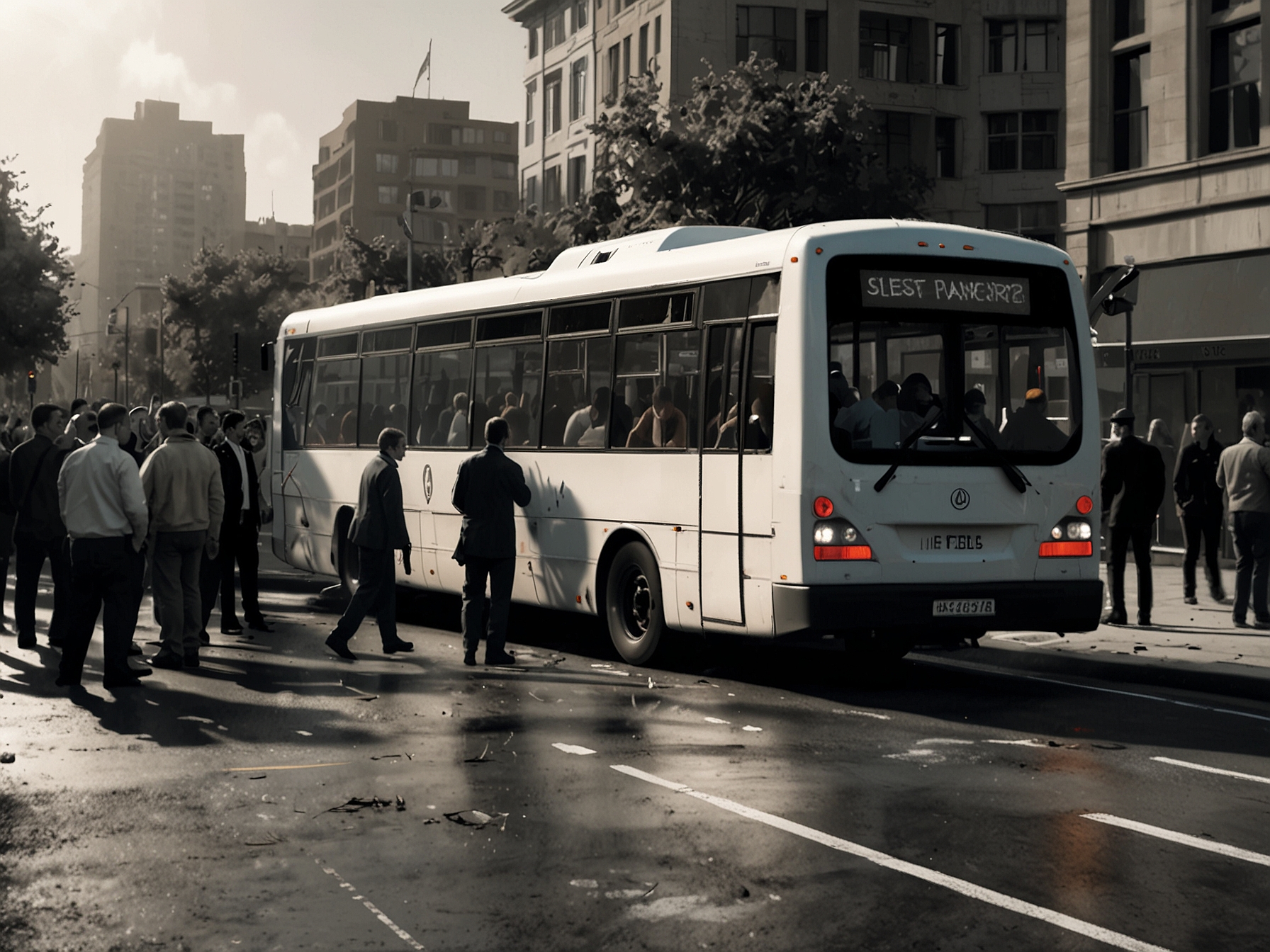Eyewitness Accounts from Kurla’s Bus Crash
On a chaotic night in Mumbai’s Kurla West, an electric BEST bus became a harbinger of horror. Eyewitnesses recounted harrowing scenes as the bus veered uncontrollably for nearly 200 metres. The shriek of metal scraping the asphalt filled the air.
Zaid Ahmed, just 26 years old, had stepped out of his house for a routine train journey. He could hardly imagine how his simple evening would spiral into a crisis. When he heard the deafening noise, it felt as if time froze.

Zaid’s instincts kicked in, and he dashed towards the source of the chaos. “I saw bodies lying on the street,” he shared, his voice trembling. The bus had crashed into pedestrians, setting off a chain reaction of destruction.
The visage of death and despair haunted him. After witnessing the bus collide with an autorickshaw and several cars, Zaid’s heroism emerged. He helped pull the injured from the wreckage. “We took them to Bhabha Hospital,” he recalled.
Residents like Zeeshan Ansari also witnessed the nightmare firsthand. Standing outside the Royal Sweets shop with friends, he spotted the bus careening wildly. “It was driven rashly. I didn’t know what to think,” he noted.

This unexpected event challenged the tranquility of their mundane day. Panic surged as they rushed to the scene, helping victims and even pulling the bus driver from the wreckage before authorities arrived.
The Relentless Aftermath of the Crash
As the dust settled on that fateful night, the reality of injuries and chaos remained stark. Many victims lay in pools of blood, grappling for life as bystanders scrambled to assist. Eyewitnesses firmly believe that no one prepares for such shocking moments.
Yet, in the wake of tragedy, community strength emerged. Zeeshan described how a crowd formed, working together to transport the injured to hospitals. “It was heartbreaking,” he confessed, “but we had to help.”

The bus, a brand-new electric model, was only three months old, stirring debates on safety and accountability. Critics questioned the leasing practices of BEST. The electric bus, leased from private operator EVEY Trans, had seemed harmless just days before.
Now, it stood as a symbol of chaos. “What went wrong?” the community wondered. With this question lingering in the air, it indicated a pressing need for change.
The Broader Impact of City Infrastructure
Events like the Kurla bus crash force us to reflect on urban infrastructure and its consequences. As cities grow, the pressure on public transport systems intensifies, prompting discussions on regulations and safety measures. This incident serves as a wake-up call for city planners and transport authorities.
What can be done to prevent similar tragedies? It is essential to heighten safety standards and regulations to ensure the protection of citizens. Moreover, discussions about driver training and operational protocols must occur.
The heartbreaking stories from Kurla echo across cities worldwide, revealing vulnerabilities in public transport systems. As we grapple with the complexities of urban life, we must strive for a future where such horrifying incidents remain in the past. We can and must envision a safer environment for all—because every life counts.




